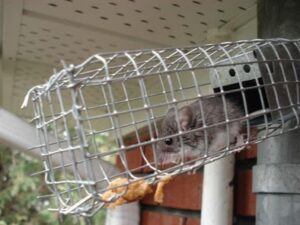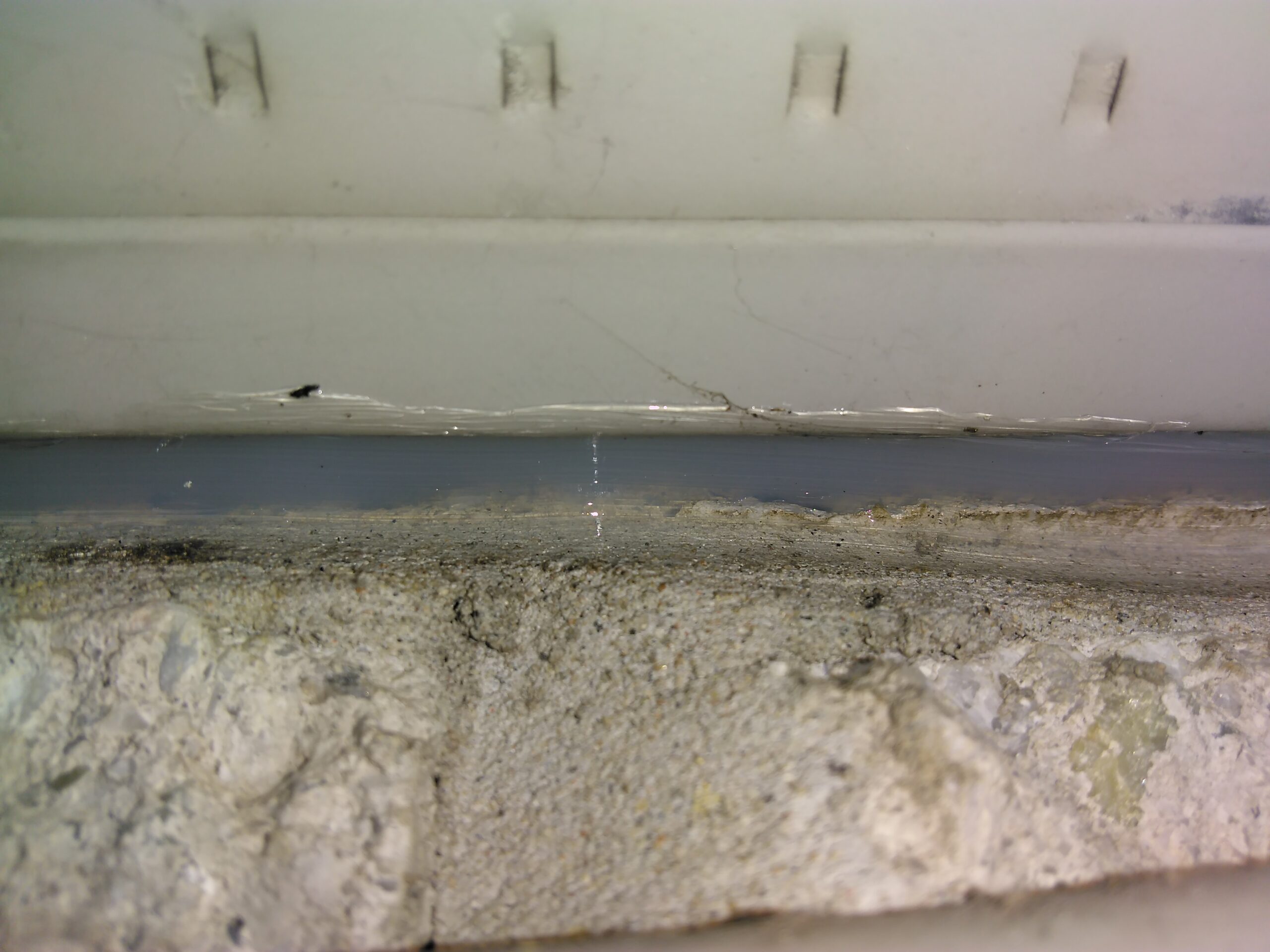For many homeowners, the sight of a mouse scurrying across their floor is panic-inducing, especially when the rodent disappears behind a cabinet or piece of furniture. In their anxious state, many people assume the worst, that their home is infested, and they seek quick fixes. These solutions typically include poisons or traps, which are not practical tools against a mouse problem for several reasons, danger to you and your family being among the top. Instead of seeking out the cheapest and most inhumane options available, consider humane mouse removal in Kitchener and taking appropriate preventative measures to protect your home.
Elimination of Entry Points Is Vital
If you have mice in your home, it is likely because of food access or a warm and suitable nesting environment. While removing these easy access points is crucial to preventing further entry, it is vital to remove any existing populations before sealing the house. When you are confident that the mouse population is no longer occupying your space, you want to seal all entry points.
Eliminating vulnerable entry spaces is challenging because mice can fit through openings as small as a dime. Therefore, it is crucial to inspect common entry points, like cracks around the foundation, gaps around utility pipes and wires, and beneath any deteriorating siding. You may also want to check any landscaping to ensure that no plant is within 18 inches of the structure.
If you find any holes, then you want to repair as much as possible. You can plug foundation cracks with quick-drying cement and wire mesh. You can also use copper mesh around wiring or fill small openings with expanding foam or caulk.
Beyond repairing and sealing off entry points, you will need to adjust your habits and habitat. Mice are drawn to food sources. If you have bird feeders around your property, be sure to clean up around the base of the feeder every day. If you have pets, do not leave their food and water dishes out overnight. When you prepare food for your family, wipe down counters and sweep floors. Finally, if you store pet food or birdseed outside, use airtight containers.
While inspection and correction of vulnerable spaces will help prevent further infestation, it is vital to address the population residing in your home. Failure to remove the existing community will only perpetuate the problem.
Poison and Trapping Are Not Effective
 There are at least four reasons why poisoning or trapping mice is ineffective: it does not address the root cause, it does not address reproduction, it is inhumane, and it is dangerous to you and your loved ones. Placing traps or poison out for mice in your home is reactionary. While there is no doubt the action will eliminate some of the population, it does not resolve the primary problems of shelter and food.
There are at least four reasons why poisoning or trapping mice is ineffective: it does not address the root cause, it does not address reproduction, it is inhumane, and it is dangerous to you and your loved ones. Placing traps or poison out for mice in your home is reactionary. While there is no doubt the action will eliminate some of the population, it does not resolve the primary problems of shelter and food.
Focusing on the removal or elimination of mice also neglects the reproduction rate of mice. A mouse can reproduce every 21 days with an average female birthing at least 10 litters per year. The reproduction rate alone means that trapping and poisoning are ineffective. Many people use snap traps and glue boards because they are cheap, but these traps are also inhumane. These traps do not provide a quick and pain-free death. Many mice suffer for hours before succumbing to their wounds, while others escape only to die behind a wall.
If you choose to use a rodenticide, then you can put your family and pets at risk. Mouse poison is also fatal to children and pets when ingested. Beyond the danger to your children, it is impossible to control where the poison ends up because the mice essentially transport the chemicals throughout your home.
Humane removal and prevention is the only surefire combination to eliminate your rodent problem. Skedaddle Humane Wildlife Control can help you resolve your current wildlife problem without the brutal and often unintended consequences of trapping and poisoning. Contact a representative for help.





